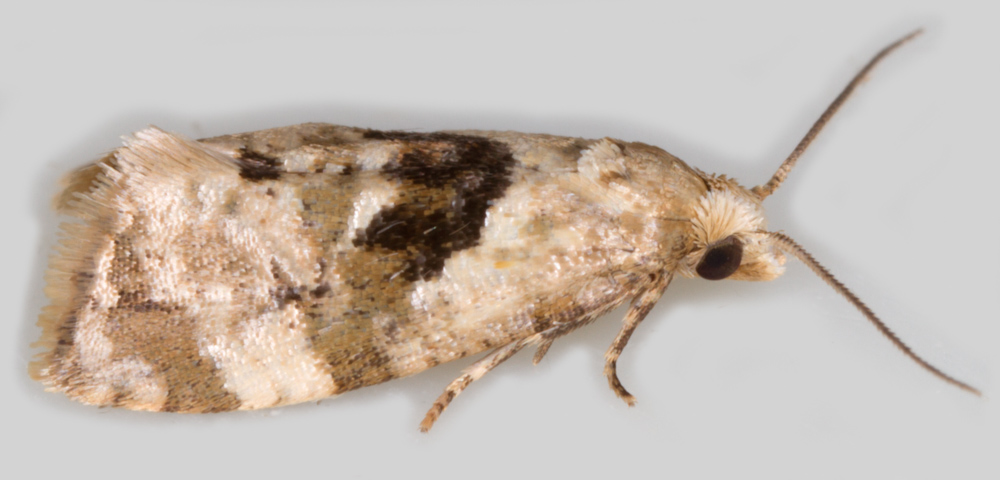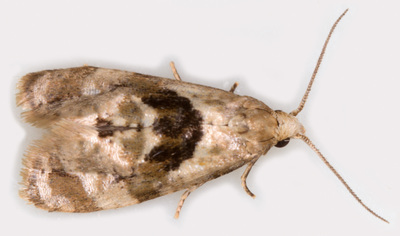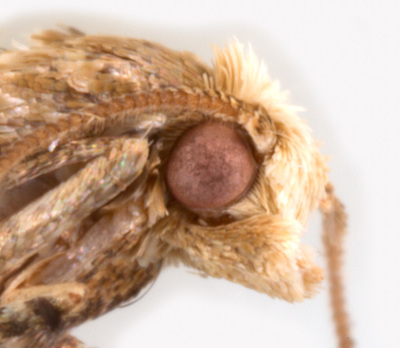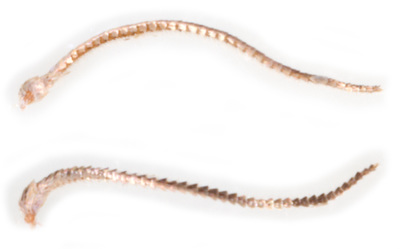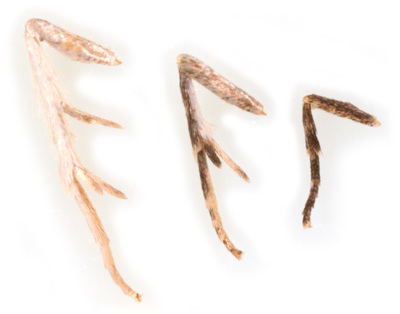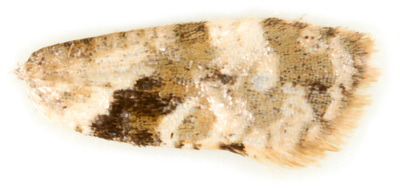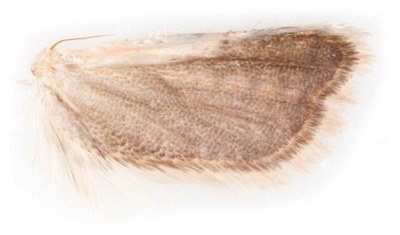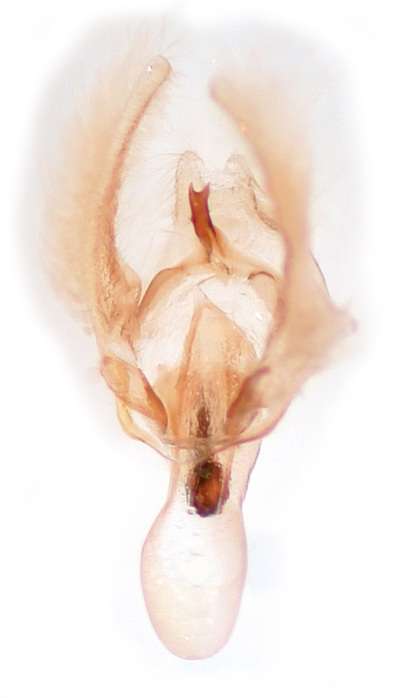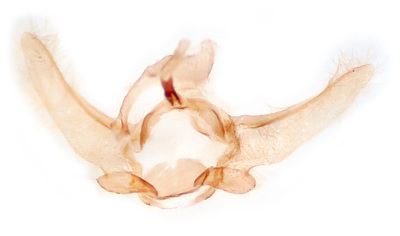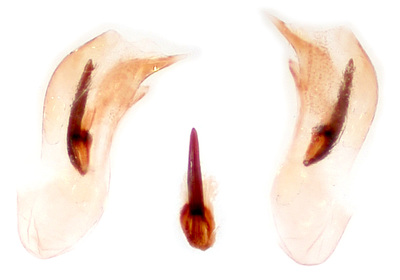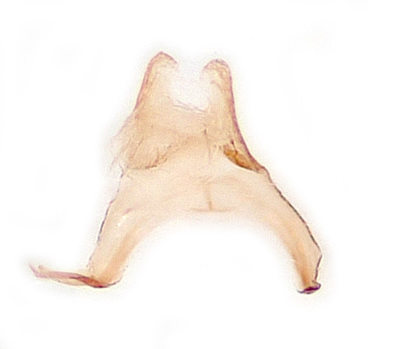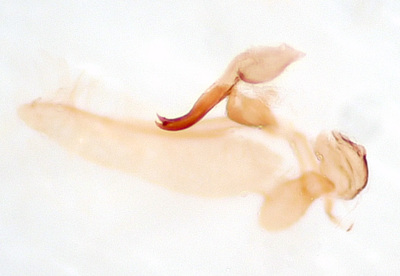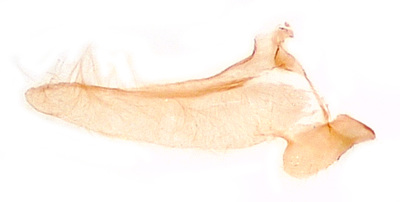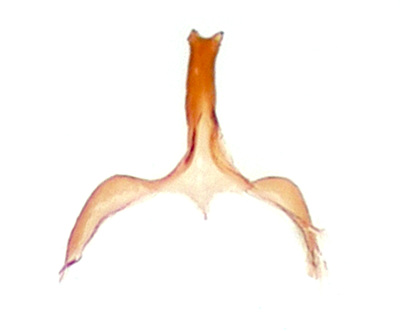49.102 Phalonidia udana (Loosestrife Straw)
ws: 11-13mm; Jun-Jul; loosestrifes (yellow) (Lysimachia spp)*; status uncertain
Split from P.manniana in 2012
* Norfolk Moths says is feeds on Loosestrife; MBGBI5.1 says it feeds on Lysimachia spp in Europe; Lysimachia species occurring in Norfolk are yellow loosestrife, dotted loosestrife, creeping jenny and yellow pimpernel (L.vulgaris/punctata/nummularia/nemorum) - the actual foodplant(s) remain uncertain - but they are not likely to include purple loosestrife (Lythrum salicaria).
Split from P.manniana in 2012
* Norfolk Moths says is feeds on Loosestrife; MBGBI5.1 says it feeds on Lysimachia spp in Europe; Lysimachia species occurring in Norfolk are yellow loosestrife, dotted loosestrife, creeping jenny and yellow pimpernel (L.vulgaris/punctata/nummularia/nemorum) - the actual foodplant(s) remain uncertain - but they are not likely to include purple loosestrife (Lythrum salicaria).
ID: very similar to P.manniana, which averages smaller (ws 10-12mm) and shows a fuscous suffusion on the forewing costa - but genital determination is required.
Male genitalia: (ref: MBGBI5.1)
1) Medial process of transtilla long and slender - MBGBI5.1 gives length:width as 5.3 for P.udana, 3.6 for P.manniana - MBGBI5.1 states that the width is to be measured at mid-shaft but does not state where the length is to be measured from. Taking the length from the apex of the medial process to the concavity in the lateral arm of the transtilla, §1 has a ratio of 5.6.
2) Valva more slender - no means of determining this is provided - and the valva tapers towards the apex in both species.
3) Junction of valva and sacculus forms an acute angle or right angle, whereas in P.manniana this angle is obtuse (comparison of P.udana §1 and P.manniana §2 confirms this).
4) Sacculus smaller relative to valva length - MBGBI5.1 gives valva length:greatest width of sacculus as 7 in P.udana, 5.6 in P.manniana. §1 has a ratio of 7.2 (P.manniana §2 has a ratio of 5.2).
Male genitalia: (ref: MBGBI5.1)
1) Medial process of transtilla long and slender - MBGBI5.1 gives length:width as 5.3 for P.udana, 3.6 for P.manniana - MBGBI5.1 states that the width is to be measured at mid-shaft but does not state where the length is to be measured from. Taking the length from the apex of the medial process to the concavity in the lateral arm of the transtilla, §1 has a ratio of 5.6.
2) Valva more slender - no means of determining this is provided - and the valva tapers towards the apex in both species.
3) Junction of valva and sacculus forms an acute angle or right angle, whereas in P.manniana this angle is obtuse (comparison of P.udana §1 and P.manniana §2 confirms this).
4) Sacculus smaller relative to valva length - MBGBI5.1 gives valva length:greatest width of sacculus as 7 in P.udana, 5.6 in P.manniana. §1 has a ratio of 7.2 (P.manniana §2 has a ratio of 5.2).
Dissection
Male genitalia
§1 Strumpshaw Fen, Norfolk; 10/07/2015; male; fw 5.5mm; to light
All images © Chris Lewis
All images © Chris Lewis
Page published 14/12/2015 (§1)
